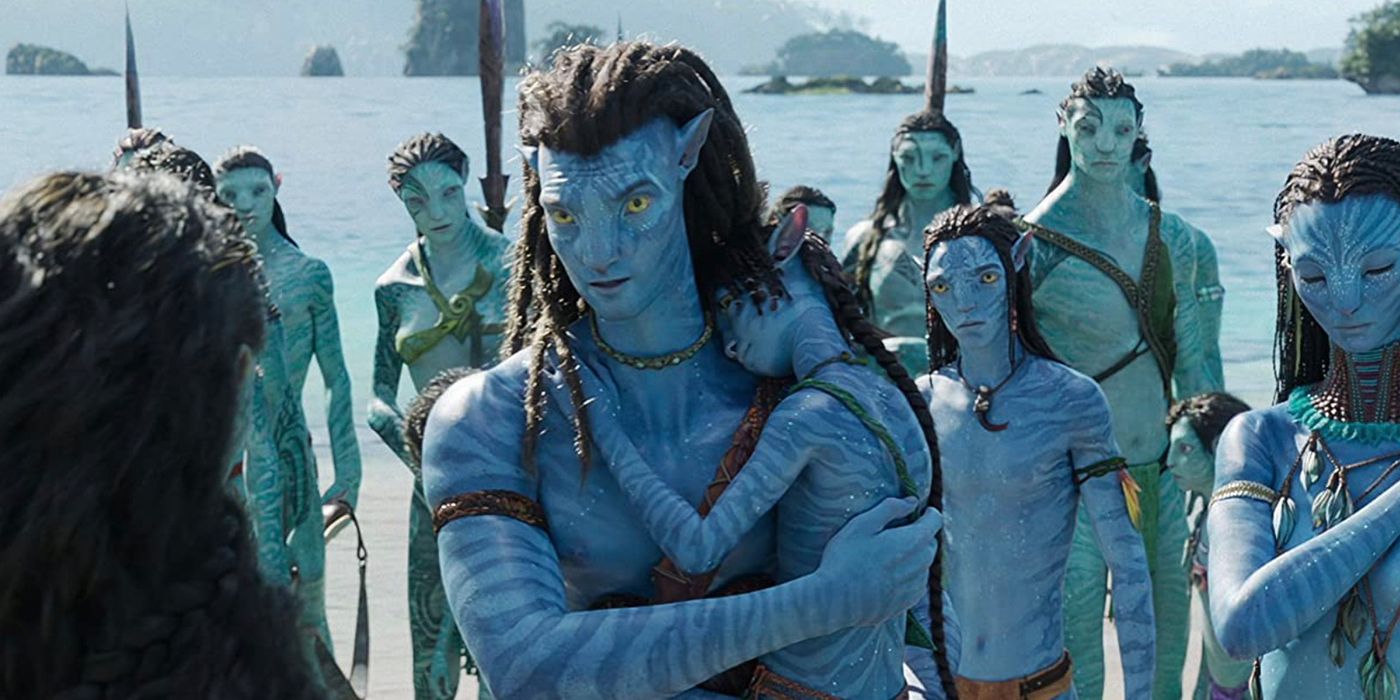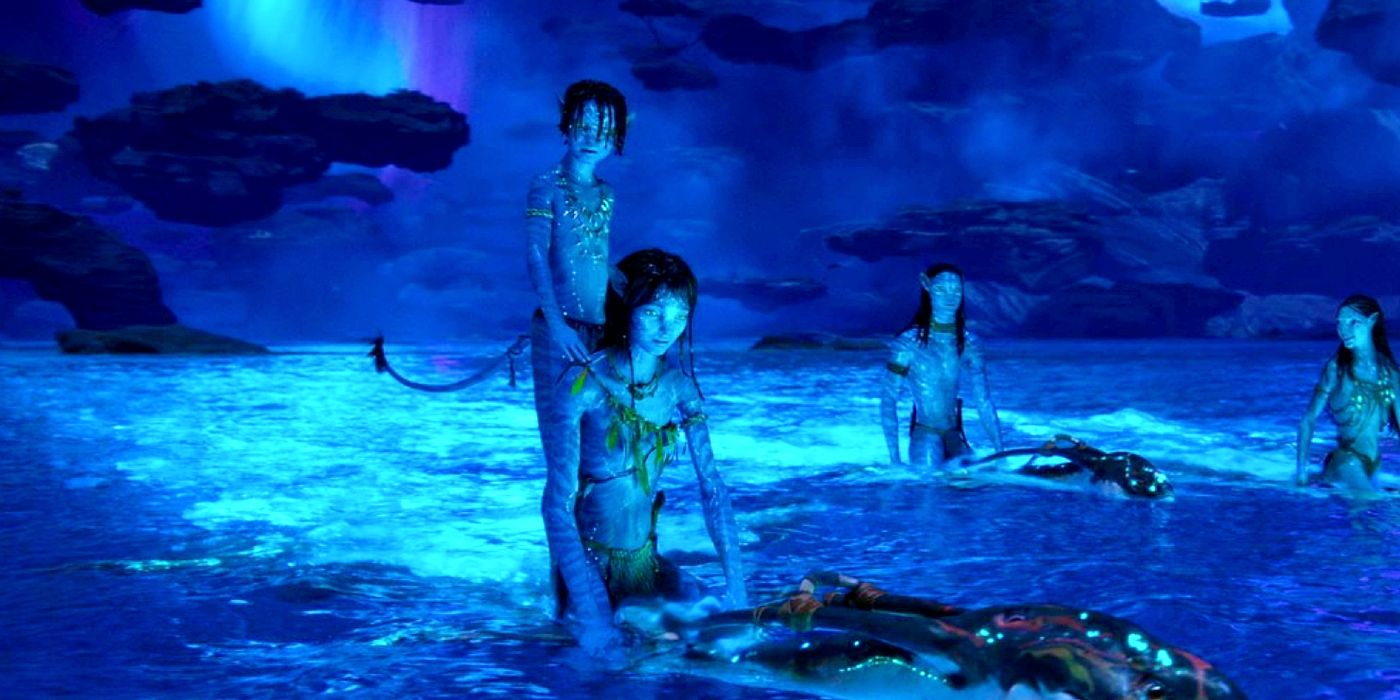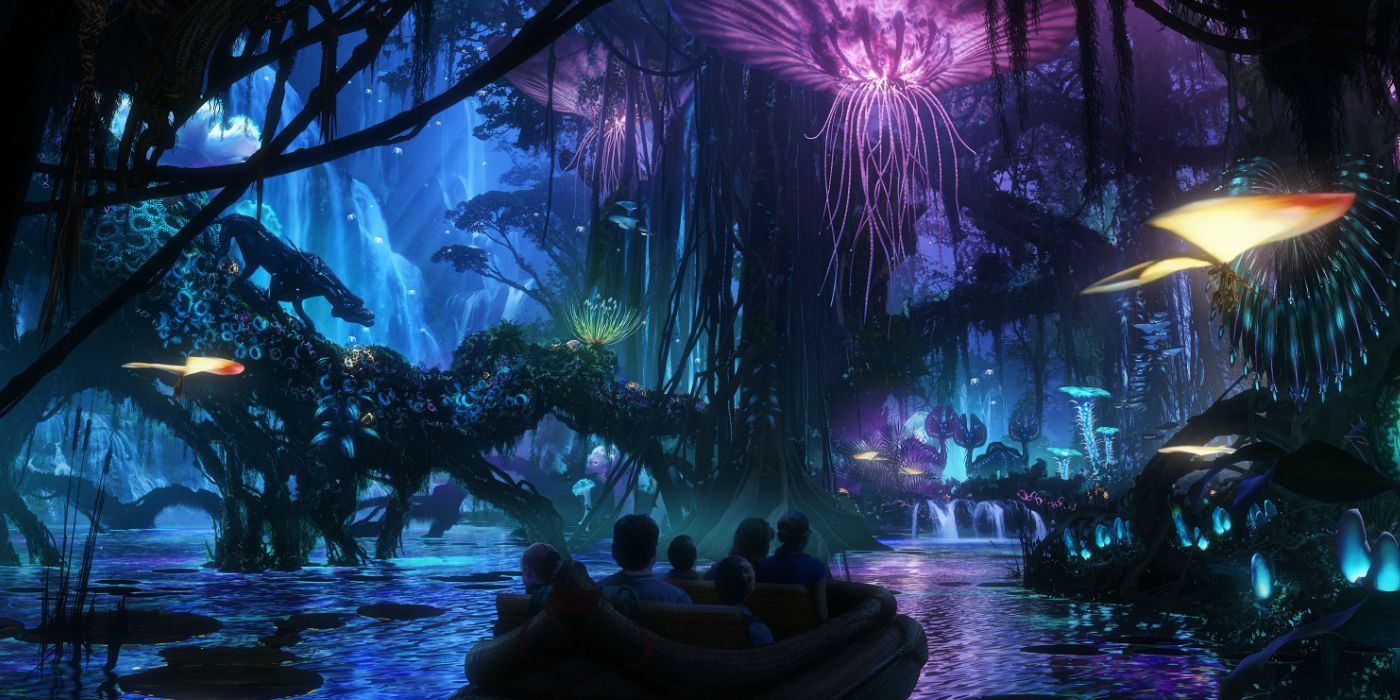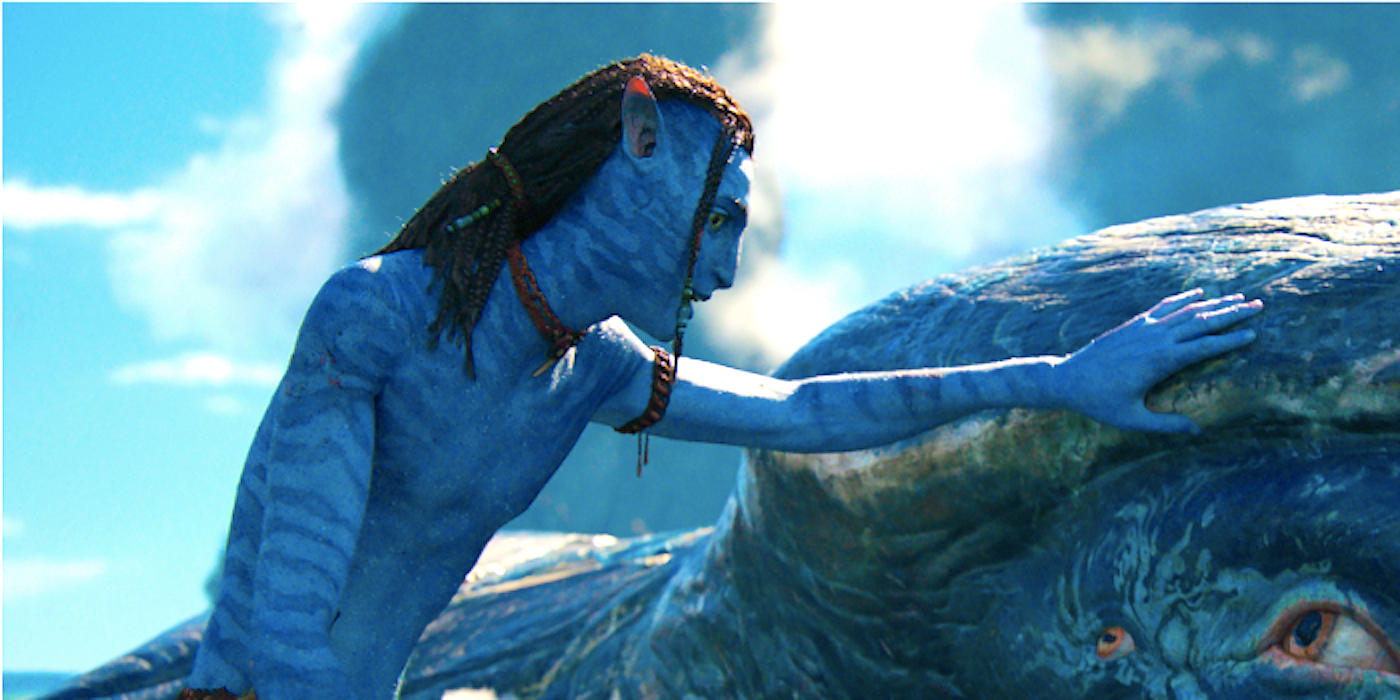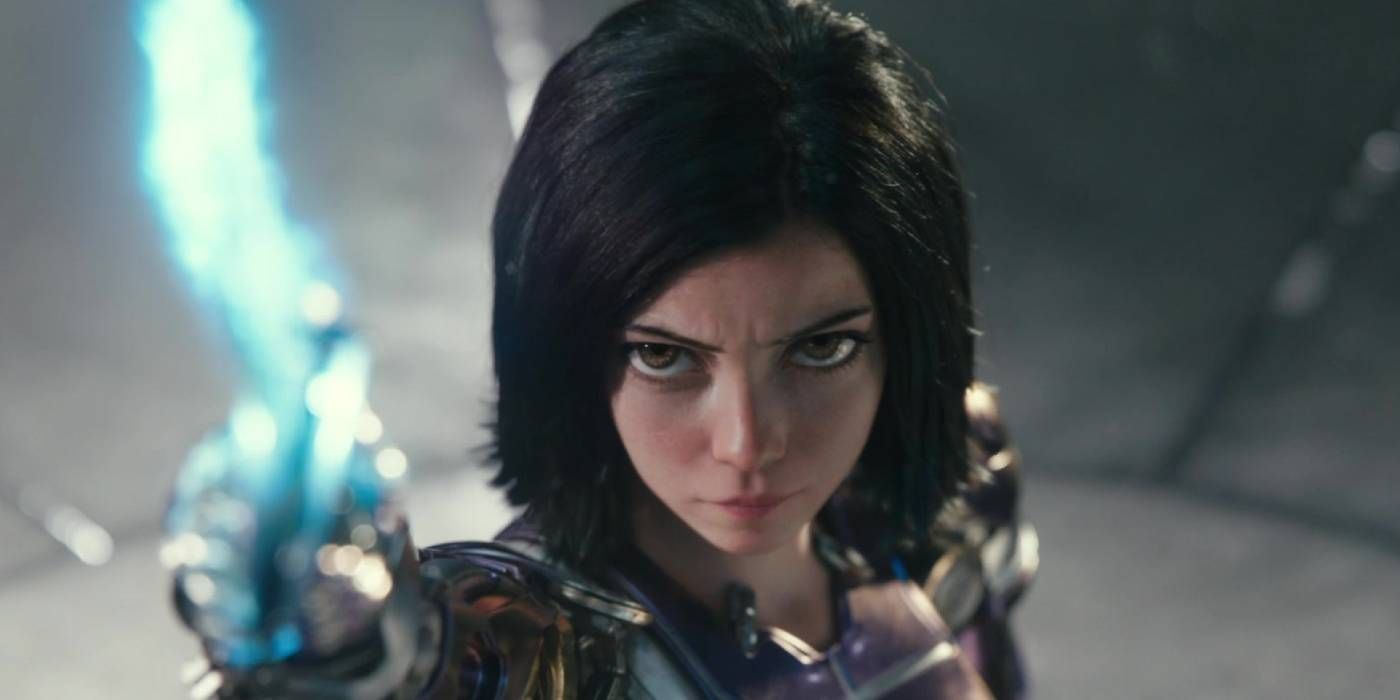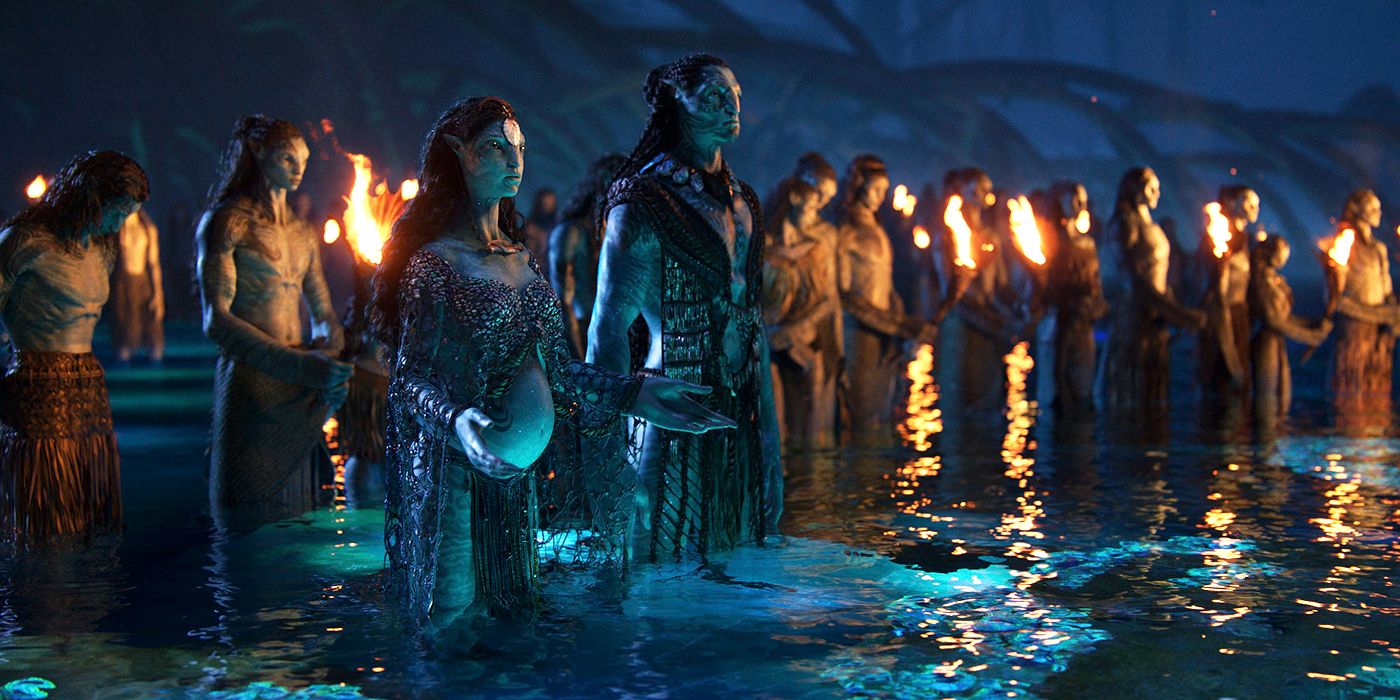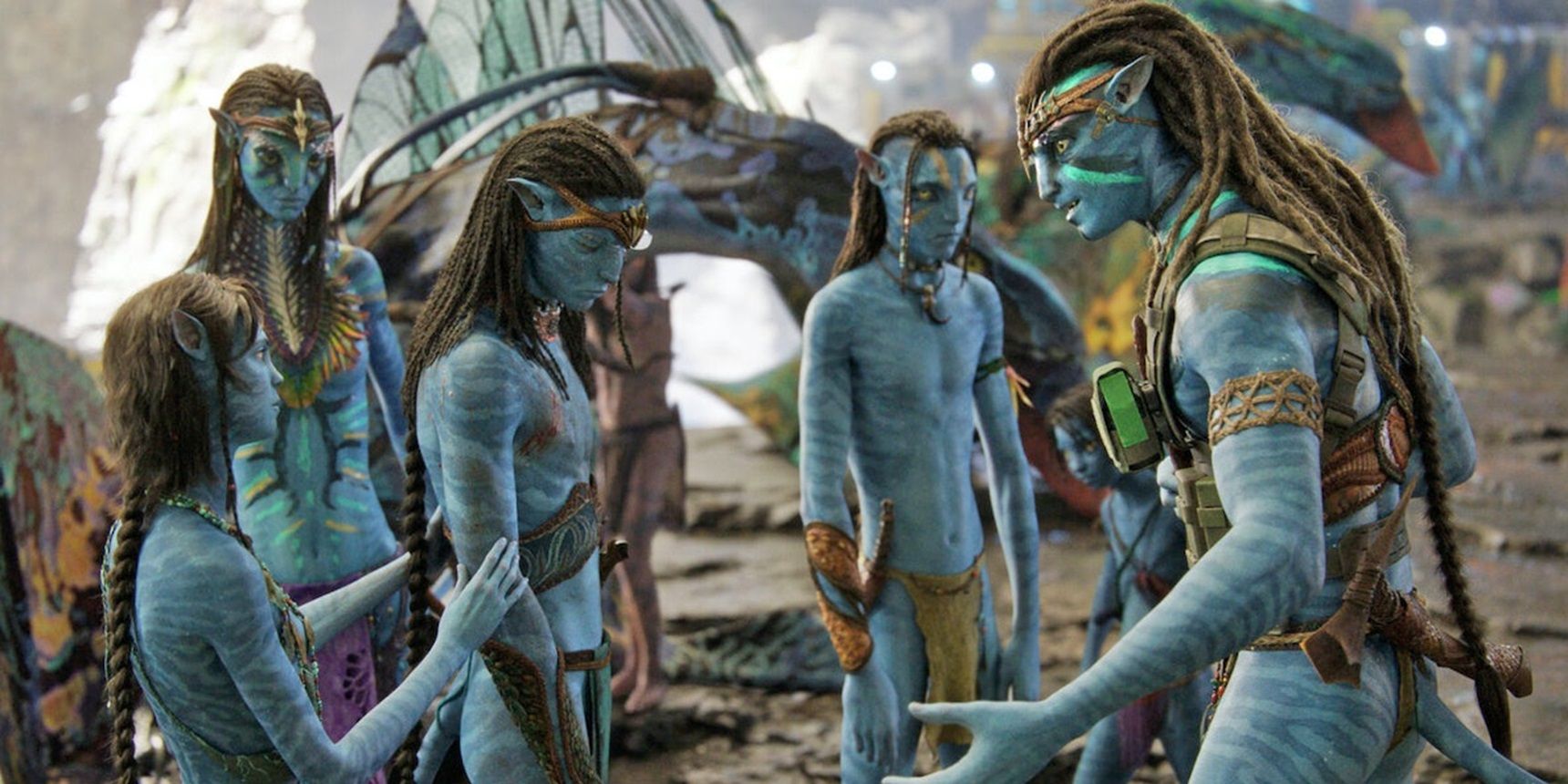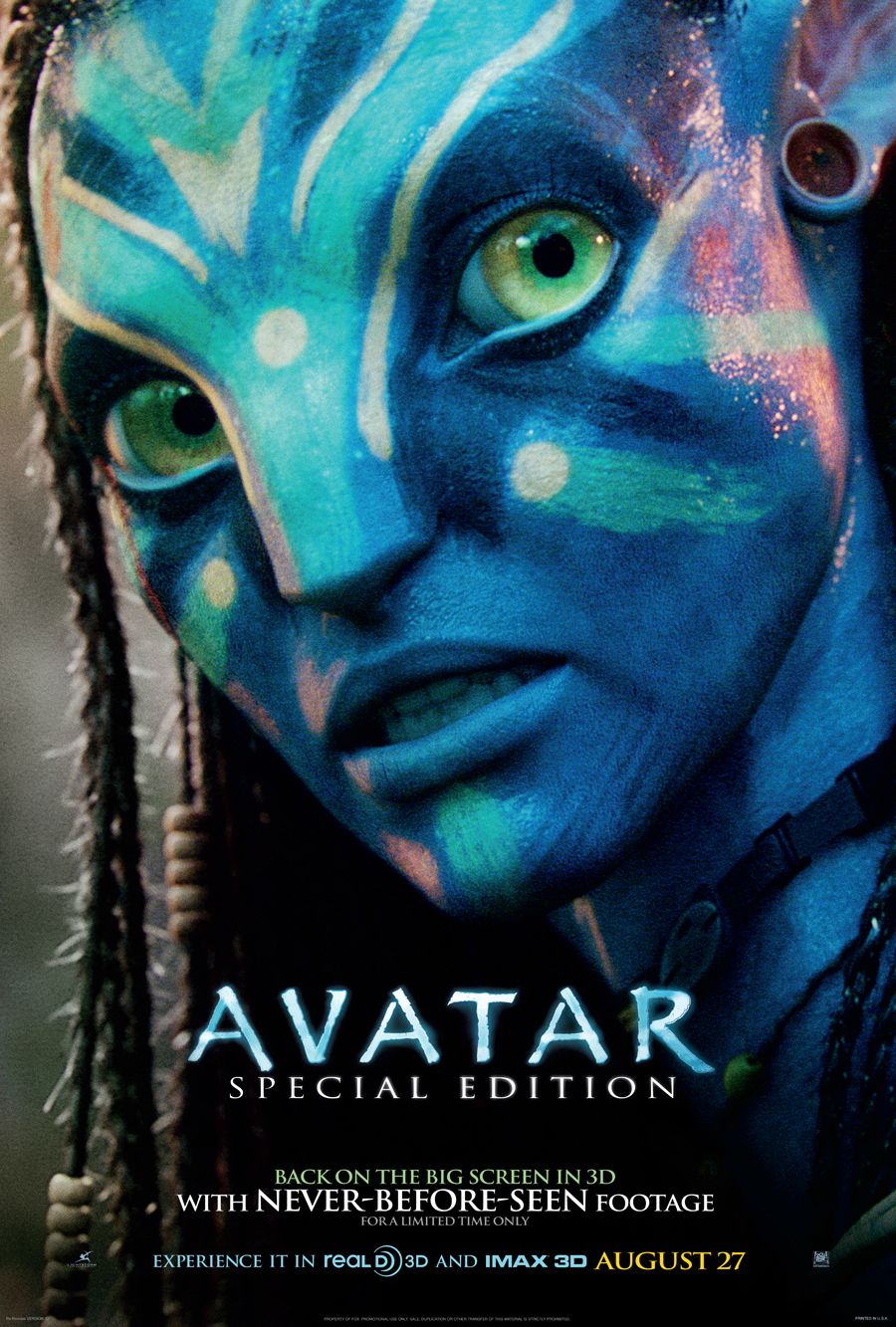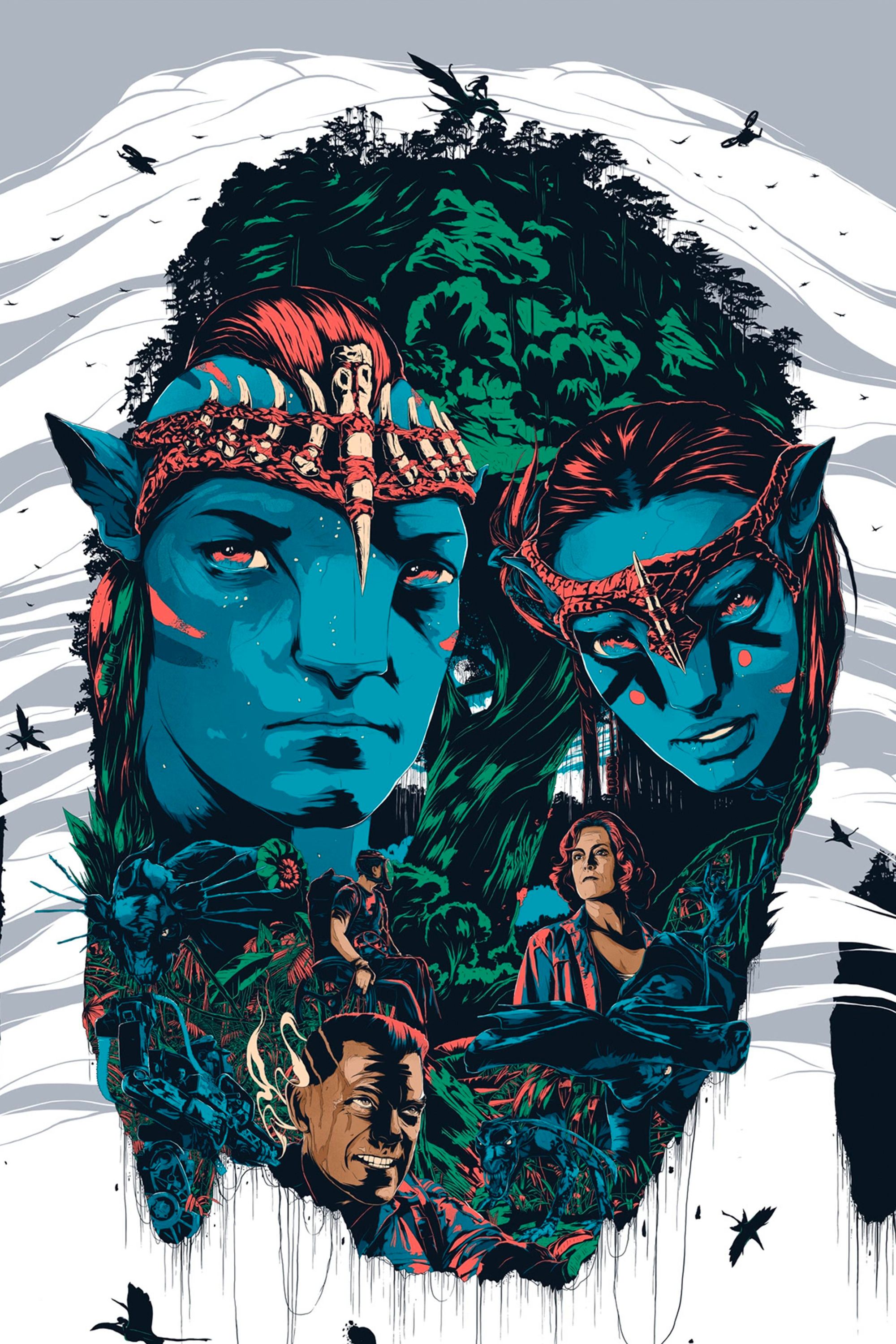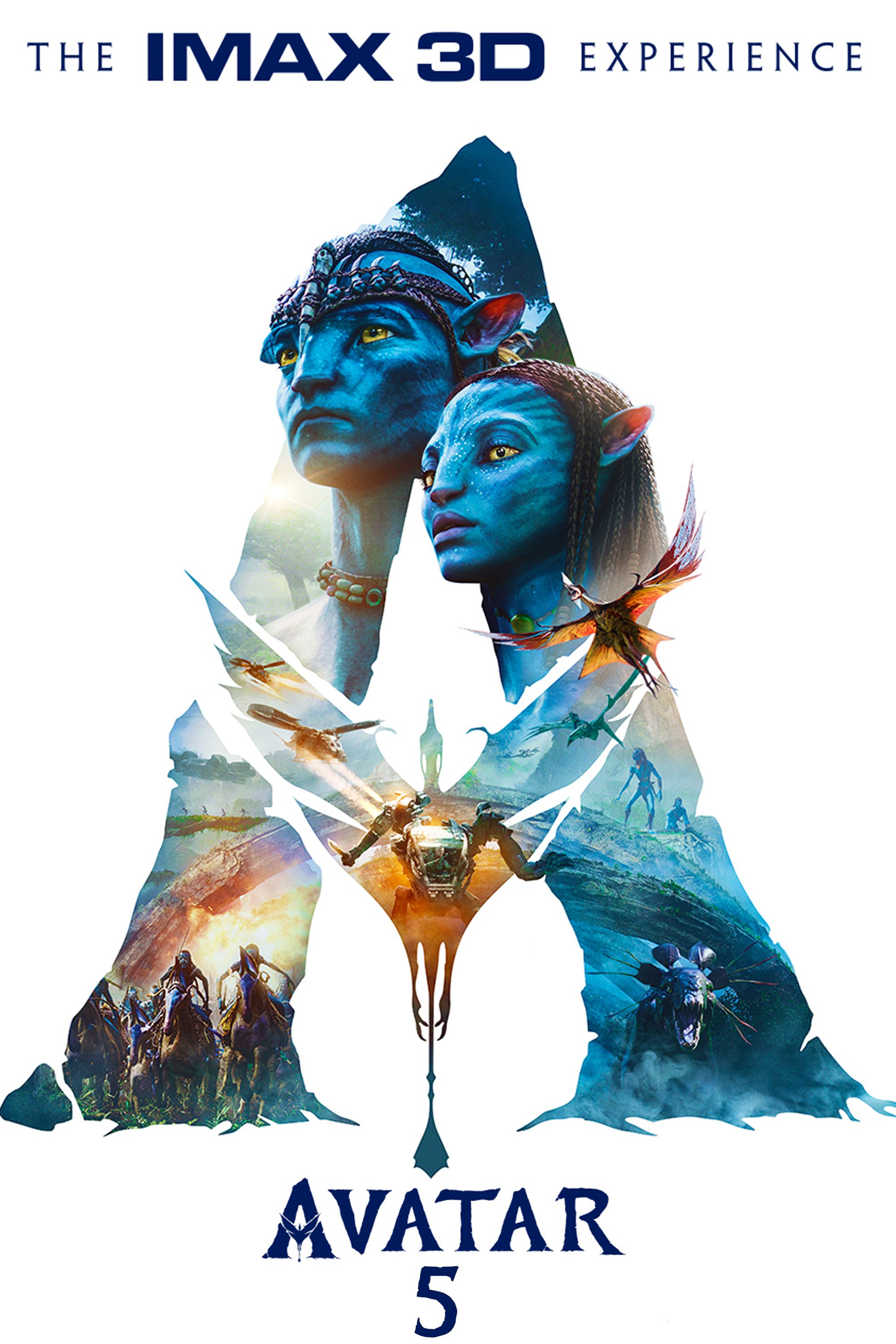Avatar: The Way of Water, now available for digital purchase, picks up over a decade after the original Avatar. The sequel continues the saga of the Sully family, which has grown to include four children. When a familiar threat returns to Pandora, Jake, Neytiri, and their children must seek sanctuary among the Metkayina. However, when Quaritch and the Sky People continue to hunt the Sully family, they must stand and fight to protect their new home and those who helped them.
Avatar: The Way of Water has been a massive success, earning more than $2.3 billion at the box office and becoming the third-highest-grossing movie of all time. The Avatar will continue to grow, with three more sequels on the horizon. The third Avatar movie has already been filmed, while the fourth is still in production and will feature a time jump.
Screen Rant attended the Avatar: The Way of Water Immersive Experience at Lighthouse and spoke with producer Jon Landau about the film. He revealed how they will continue to expand the world of Pandora and how Avatar: The Way of Water will impact Alita 2. Landau also explained how they built the writer's room and teases what audiences can expect in future Avatar movies.
Jon Landau on Avatar: The Way of Water
Screen Rant: I thought Avatar: The Way of Water was so fantastic! I think one of my favorite aspects is the world-building, and the fact that you guys put together a writers' room to write out all the movies because that's not something that ever happens even with franchises like this. What were you looking for in those writers?
Jon Landau: What we were looking for in the writers was character development and character stories that would come out of 1500 pages of story notes that Jim had created already that touched on family and touched on Kiri, Spider, and Quaritch. It was pulling those stories out. At the same time, we did the writers room, we hired our design team, and they worked independently, but together.
The writers would come up and see some of the inspirations of the early art, or an idea would come out of the writers room, we'd let the art department know, and a week later, there'd be a drawing of that. The writers could see how that played out. So there was this really organic process.
We've seen a lot of underwater worlds in the last few years, with Atlantis in Aquaman and Talokan in Black Panther 2, but this feels so different. How did you make Avatar's version stand out?
Jon Landau: Avatar's version of that is Jimmy my's fantasy of what our best dives would be. We're both avid divers. Jim more than I am, but I dove Micronesia, the Great Barrier Reef. I've dove the Keys, the Caribbean, South Pacific. When you go there you dive, and you will feel like you are one with nature in a way that you can't be, I don't think anywhere else. Every dive I've ever gone on has been one where I come away from it wanting to talk about it and amazed, but you can't share it because it's only in your memory.
The movie was an opportunity to share what we believe a diver feels when they do go on those dives. That first swim when the kids go in, and they look around and, they kind of come up for air, but we all do that makes it real. That makes it natural, but then you go back, and you see that wonder, and then you find Kiri there. She's reaching out, and she's doing these things. I can't tell you how many times I'm underwater, and I'm reaching out and doing that.
That's amazing. And I love the experiential aspect of it, even with Pandora at Disney World. Do you guys want to build out more things like that, with theme parks and experiences?
Jon Landau: We've announced that we're doing something here in California at Disneyland with Disney. I was very involved in Pandora: The World of Avatar. I think I am most proud of on that is that we created a transformative experience for people. Where you go there, you walk across the bridge, you feel like you're in another world. And then when you go on a Flight of Passage it is not just a simulator ride.
People get something out of it emotionally and that's what we try to do with all of our films. We try to make an emotional connection. I feel that anything you do when you're doing a story, a book, even music. Music tell stories. You leave the plot wherever you read or saw. You walk away with a theme and the theme is the emotion. I think that we have an instance where people walked away from Flight a Passage with a theme that they remember.
I think that Pandora and Star Wars are the two best immersive worlds in Disney World.
Jon Landau: That's right. But I've seen people come off a flight of passage crying. I had a woman when we were soft opening came up to Joe Rohde and myself Joe was Imagineer who designed it with us. She recognized us and she came up in tears. And we were like, are you okay? And she goes, "I just want to thank." She said, "I am a cancer survivor and this attraction has given me more gusto to fight the cancer. Thank you." I'm done. What else do we have to do? So that was pretty neat.
James Cameron wrote out everything that happened between the two movies, because we jumped ahead so much to the second one. Have there been discussions of releasing that as a novel or a graphic novel?
Jon Landau: Graphic novel, maybe. We want to do some stories in the gap years for sure with Dark Horse. Our Ubisoft game takes place a little bit before we come back. So we're using ancillary opportunities to continue to build out the cannon. Anything we do, we want to say that's not a standalone that lives in the lore of Avatar.
With the evolution of Avatar from the first movie to the second, and now all the other ones coming, what's been the most rewarding part?
Jon Landau: I'm gonna give you a surprising answer. That I continue to get to work with the same crew because that doesn't normally happen. Normally a movie is made and then everybody disperses to the wind. Richie Baneham, who is our visual tech supervisor and one of our executive producers. I've his kids grow up and he emails me, "Luke got into Santa Barbara." I get to see Dylan Cole, have a new baby.
These are the things that you don't get to because usually you all move to different places. And then, because we're still working together, we all get to share in the success of Avatar: Way of Water. You're never together. The movie comes out, and the crew is somewhere else.
There have been lots of fans wanting an Alita 2.
Jon Landau: We're working on it.
I do want to ask what have you learned from building out the world of Avatar that you would want to apply to a second Alita?
Jon Landau: I think what we've learned from Avatar is how much more facial nuance and subtlety that we can get into characters that we want to be emotional and emote that are humanoid. Alita would not have been possible, but for what we did on Avatar. Avatar: Way of Water would not be what it is but what we did for Alita. And now let's put that back and give it back to Alita. We're talking to Robert and talking to Rosa and all is good.
I love animation, and Avatar feels very artistic in that regard.
Jon Landau: Look, what is animation? Animation is no longer a cell that you draw on and you turn page by page. To call it an animated movie, an animated movie is just one that doesn't have live action. We need animators to bring to life the world of Avatar.
We need actors to make the choices of the characters, but we need animators to do their tails, to do their ears, to do the creatures, to do all these other things in a movie that we represent as live action film. And that's the great boundary. So the art of animation hasn't gone away. It's just different but it's different today on Toy Story than it was on Snow White.
I am very excited to see new Na'vi.
Jon Landau: Every movie, we're going to see different Na'vi.
I really fell in love with the Metkayina. I thought their culture was so interesting.
Jon Landau: They will still be there. The way I look at it is, if we introduce a clan, they will stay a part of each movie. Now we have to balance the amount of time we spend with them, but they don't go away. Because then if we put them away we are sliding their significance in the world. If we keep them there, if we introduce this other clan that comes in, and it serves this purpose, because they're X, Y, or Z, they're not going to be part of our full story, but if we need X, Y, or Z again, it's the same clan coming back, because that's how a real world would work.
Avatar is one of the most impressive, original world-building franchises that I've seen in a really long time.
Jon Landau: I'm glad to hear you say that because I think so. I think not enough people appreciate that.
I think world-building is one of the hardest parts of storytelling, but also one of the coolest parts. Avatar fully captures that in a way that so few movies nowadays do.
Jon Landau: You've made my day. I'm glad to hear you say that.
In our Ubisoft video game, we go to a whole different section of Pandora with all different clans. So you'll get to see that too.
About Avatar: The Way of Water
Over a decade after the events of Avatar Jake Sully and Neytiri are living on Pandora with their family leading their people. However, when a familiar threat returns to restart a war they thought had ended years ago they must once again work together to protect their planet, their people, but most importantly their family.
Check out our other Avatar: The Way of Water interviews here:
- James Cameron
- Zoe Saldaña & Sam Worthington
- Sigourney Weaver
- Kate Winslet
- Stephen Lang
- Jamie Flatters & Bailey Bass
- Jack Champion & Trinity Jo-Li Bliss
Avatar: The Way of Water is now available exclusively to purchase on Digital.

